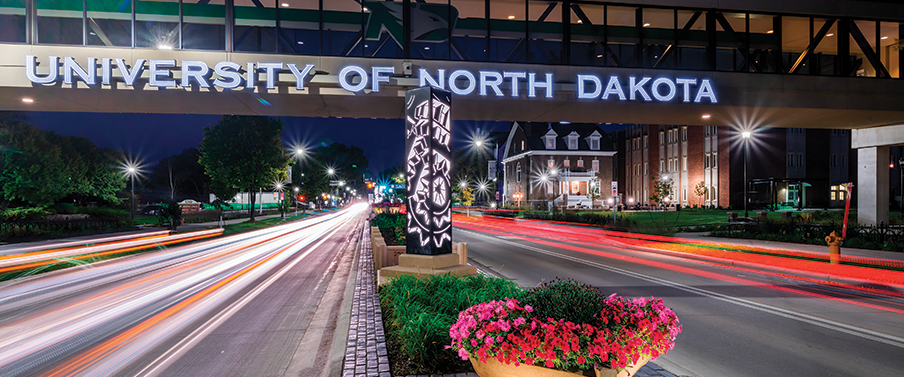Live Stream on: January 29, 2026 11AM PDT
Live Webinar: $35 Add to Cart
Select and earn CEUs from this live webinar. This may involve a quiz at the end of the webinar. You will need to attend the entire webinar.
Webinar Description:
The experience of landscapes is a holistic phenomenon, a bodily experience that takes place in time and space that has a big impact on emotions. It is a flow of experiential qualities, images, thoughts, and meanings. For a landscape experience, the physical configuration of a design becomes the vehicle of expressing something, an idea, an emotion etc. Landscapes are designed as a medium to communicate and express to their users a wide range of emotions contributing to their mental well-being and awakening their senses. In this sense, when entering an urban landscape, we instinctively engage on how it makes us feel.

This seminar addresses how designed urban landscapes can evoke users’ emotional responses. Emotions are reactions of stimuli coming through the sense of sight, taste, smell, thermal conditions, pain, pleasure, balance and motion. Collective or shared emotions are particularly relevant to designed landscapes. This projection of emotions onto the external world allows for a shared urban space environment to be created between the users and the landscape architects. Landscape Design Strategies such as figures of speech, narratives, cinematic principles of editing and other strategies of the extended consciousness are instrumental in enhancing the experiential qualities of urban landscapes by retrieving ideas, associations, and images. With its enhanced focus on creating sensory experiences, contemporary landscape design can be argued to induce bodily, mental and psychological stimuli to its users by bringing them into intimate relation with these spaces. Several urban landscape vignettes will be examined to discover how they produce sensory experiences by choreographing and staging natural processes such as seasonal change and the agentic capacities of weather, water, sky and plants. When paying attention not to what people see, but how the landscape instructs performances and experiences with which the users see, feel and act, contemporary landscape architects inform us about the various ways employed to embed such processes through urban landscape design.
Learning Objectives:
1. How designed urban landscapes can evoke users' emotional responses
2. How landscape experiences contribute to the users' mental well-being
3. Landscape strategies to design emotive urban landscapes

Dr. Anna Maria Visilia
Dr. Anna-Maria Visilia, Landscape Architect |Architect, is an Associate Professor at the Department of Landscape Architecture, North Dakota State University (USA). She holds a PhD in Architecture (1996), a master’s degree of Science in Architecture (1993) and a master’s degree in landscape architecture (1989) from the Graduate School of Fine Arts, University of Pennsylvania. She has also received a Diploma of Architectural Engineering from the National Technical University of Athens (NTUA), School of Architecture (1986). Her research focus is in the areas of history and theory of 20th century gardens and landscapes, contemporary landscape design approaches, and cultural concepts of processes and perceptions embedded in vernacular environments. Professionally, over the span of 30 years, Anna-Maria is a committed educator who strongly keeps a hand in creative practice. She is recipient of many professional awards (2023: 1st Place Award, Open Architectural Ideas Competition for the renovation of the common space and the wider area of the New Kolonaki Metro Station; 2023: 1st Place Award, Open Architectural Ideas Competition for the renovation of the common space and the wider area of the New Alexandras Metro Station; 2019: 1st Mention Award, International Architectural Competition “Unification of points of interest and redevelopment of the area around the Archaeological Museum of Patras;” 2014: Honor Award, Architectural Competition “Architecture and Happiness,” UIA Durban 2014). Since 2018, Anna-Maria has been an active member of CELA engaging as a presenter and reviewer. Prior to 2018, she has been an active member of IFLA and ECLAS from 1996-2018.

